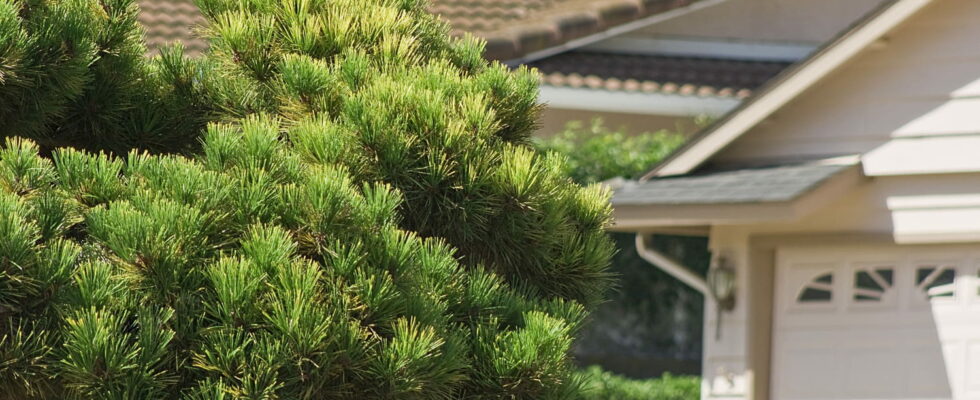Monitor your gardens. This little creature, although it seems harmless, represents a real danger for humans and animals.
While October heralds the start of fall colors and the preparation of gardens for winter, it also raises concerns among gardeners and pet owners. It’s the return of a little beast that one would think harmless at first glance. Behind its soft and velvety appearance, this caterpillar nevertheless hides formidable dangers, both for humans and for animals, not to mention the damage it can do to vegetation. It is therefore essential to keep your distance and especially not to touch it.
This little creature is the pine processionary caterpillar, which develops mainly on pines, but also sometimes on cedars and firs. It is mainly present from January to May over almost the entire French territory, and it returns between October and December in the oceanic regions.
The real danger of the pine processionary caterpillar lies in its very stinging microscopic hairs. Even if you don’t touch the caterpillar, it can do damage. The small hairs, present all over its body, can be easily detached and carried by the wind. Once in contact with the skin, they cause intense inflammatory reactions on the skin, eyes or respiratory tract (itching, redness, burning, blisters, localized edema, conjunctivitis, eye pain, cough, difficulty breathing). In some particularly sensitive people, inhaling these hairs can cause serious breathing difficulties.
For animals, and particularly dogs (they represent 92% of cases), the threat is even greater. Attracted by curiosity or by the caterpillar itself, they can quickly find themselves in direct contact with it, notably by licking or biting it. This can lead to tongue swelling, necrosis, and in more severe cases, asphyxiation.

If you have been in contact with a processionary caterpillar, or suspect that you have, it is essential to act quickly. For humans, rinsing the affected area with plenty of water without rubbing is the first step to take. It is recommended to avoid creams or ointments that could make the situation worse. If symptoms persist or in the event of respiratory complications, it is imperative to consult a doctor, or call the emergency room or a poison control center. For animals, especially dogs, an emergency veterinary consultation is necessary. In the meantime, it is advisable to rinse the animal’s mouth with water, but without letting it swallow the water.
To limit the risks associated with processionary caterpillars, stay away from trees with nests and caterpillars. Never dry your laundry near infested trees. When walking in the forest, it is advisable to wear long clothes, but also to avoid rubbing your eyes. If in doubt, take a shower immediately and change your clothes.
